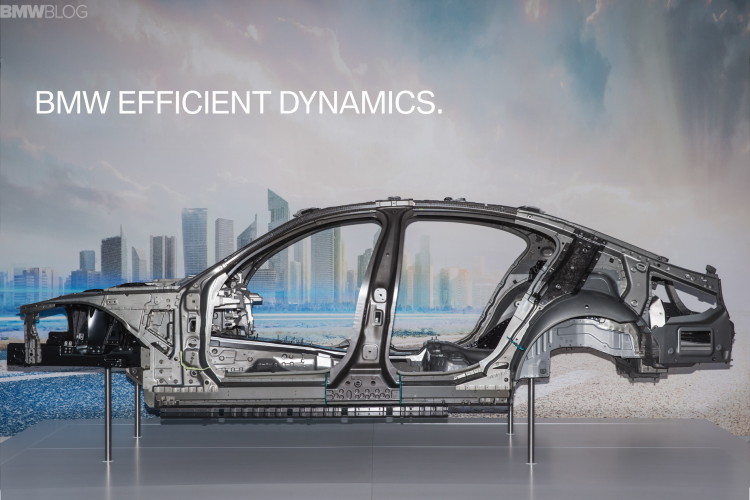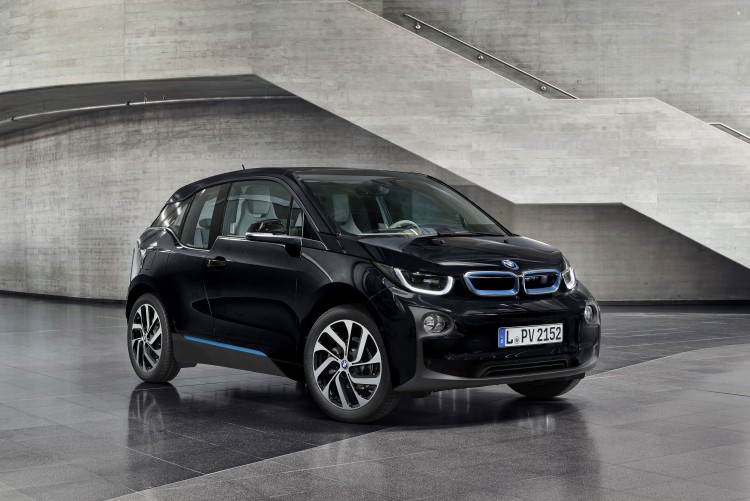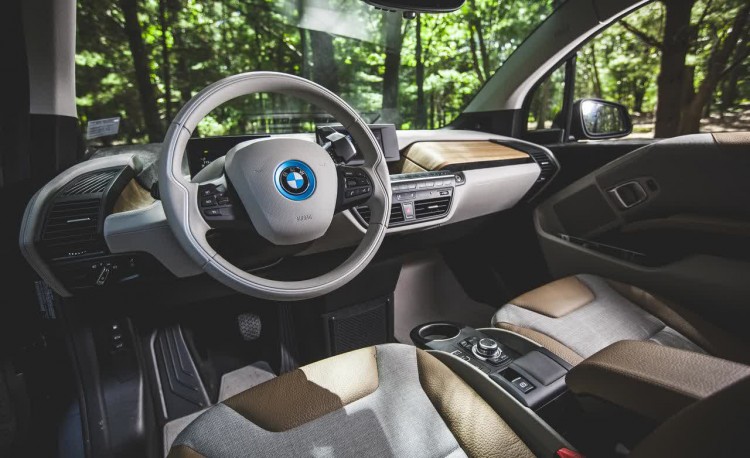Every once in a while, an automaker creates a car that forever changes the brand. It doesn’t happen often, but when it does, it becomes a focal point for the brand’s history. BMW has had a couple of these cars in its past. The original BMW 2002 forever changed BMW, as it created a formula for a car that the Bavarian brand would forever replicate.
The original E30 M3 was another car that changed BMW forever, as it put BMW on the map in the world of performance and precision. The next car to change BMW wouldn’t come until nearly three decades later — the BMW i3.
The i3 is a peculiar BMW, in that at first glance, it doesn’t seem very BMW-y. It’s a strange-looking hatchback that runs on pure electricity and isn’t very fast. However, if you dig deeper into the car and actually drive it, you’d realize that not only is it a BMW through and through, but it’s the future of BMW. It’s where BMW is headed.
Step into the i3 and you’re greeted by a cabin that looks like nothing else from the Bavarians. It’s open and airy, unlike the sort of driver-focused cockpits you’re used to from BMW. However, once you sink into the seat, it becomes instantly comfortable and familiar. It’s a BMW, just one for a different time. Everything is brilliantly laid out and it feels like something from the future. That’s what a good company does, it gives you things that you never knew you wanted and that’s what you get in the i3, an experience that you didn’t know you wanted but now suddenly do.
Start the i3 and you aren’t greeted with the throaty growl of a straight-six, but silence instead. It’s an odd feeling to not have the BMW rumbling to life beneath you, but for some reason it still feels alive. One twist of the, surprisingly weighty, steering wheel and you realize that this car was indeed built by the same company that builds the M3. It’s meaty and accurate, like BMWs should be but unlike virtually every other electric car. The chassis responds to your inputs with alacrity and its rear-drive nature allow it to be every bit as nimble as the BMW sports cars you’re used to. Despite its futuristic feel, the i3 still feels at home to BMW owners.
The aforementioned chassis is responsive for a reason and has much to do with the i3’s nimble readiness. Built out of an ingenious use Carbon Fiber Reinforced Plastic, the chassis is basically one piece. The CFRP passenger cell is one single unit, much like a Formula One car, and is bolted to aluminum subframes, as if it were a carbon fiber skateboard. This allows the i3 to be incredible light, rigid and dynamic, It’s a formula that works so well that it’s ideas are being implemented into all future BMWs via Carbon Core technology. the implementation is slow, admittedly, due to cost reasons, but there will be a time when all future BMWs use a similar chassis setup.

But it isn’t just the i3’s chassis that is changing BMW, it’s the brilliant eDrive powertrain. While the i3’s powertrain might sound simple, being just an electric motor and a battery, the lessons learned from the i3, and it’s bigger i8 brother, are being utilized in future BMW vehicles. The current model using the eDrive system is the X5 xDrive40e, which is a plug-in hybrid version of the X5 SUV. When driving the X5 xDrive40e, you realize that this is the future of motoring. It’s a brilliant setup and it’s only going to get better as it becomes integrated into cars like the upcoming BMW 330e.
Even the BMW i3’s faults teach BMW things about what the future needs to be. Some critics, mostly Tesla fans, cry about the i3’s lack of range and the fact that BMW is too focused on hybrids when it should be more concerned with pure EV and battery technology. BMW is focused on those things, as it has to be. However, the near future must be the eDrive plug-in hybrid powertrain as it’s the best possible option, something BMW has learned with the i3 and it’s lack of range.
Battery technology simply isn’t up to par with gasoline range to create a viable future of purely electric vehicles. It’s too expensive and heavy to give an electric car the same range as a gasoline or diesel-powered vehicle and the recharge times are still far too long. However, the plug-in hybrid eDrive powertrain is absolute brilliance and is the intermediate step between our current infrastructure and a pure electric one. The current X5 xDrive40e is perfect proof of that. It’s capable of driving 19 miles on pure electricity alone, but can use the gasoline engine to continue for up to about 300 miles. 19 miles of EV range isn’t a lot, but it’s perfectly suited for quick trips to the store or just going around the corner. Plus, the electric motor allows BMW to utilize smaller engines in its cars while still maintaining the power and performance requirements of BMW customers.The eDrive powertrain is the brainchild of the knowledge learned from the i3 and i8 and it’s the correct move for the future. You have to learn to crawl before you walk and walk before you run. The eDrive powertrain is the walking stage, that intermediate step, and we have the i3 to thank for BMW learning that lesson.
The i3 is the third BMW in the brand’s storied history to change the BMW for the future. The 2002, the E30 M3 and now the i3. That’s not bad company to be in.







































































